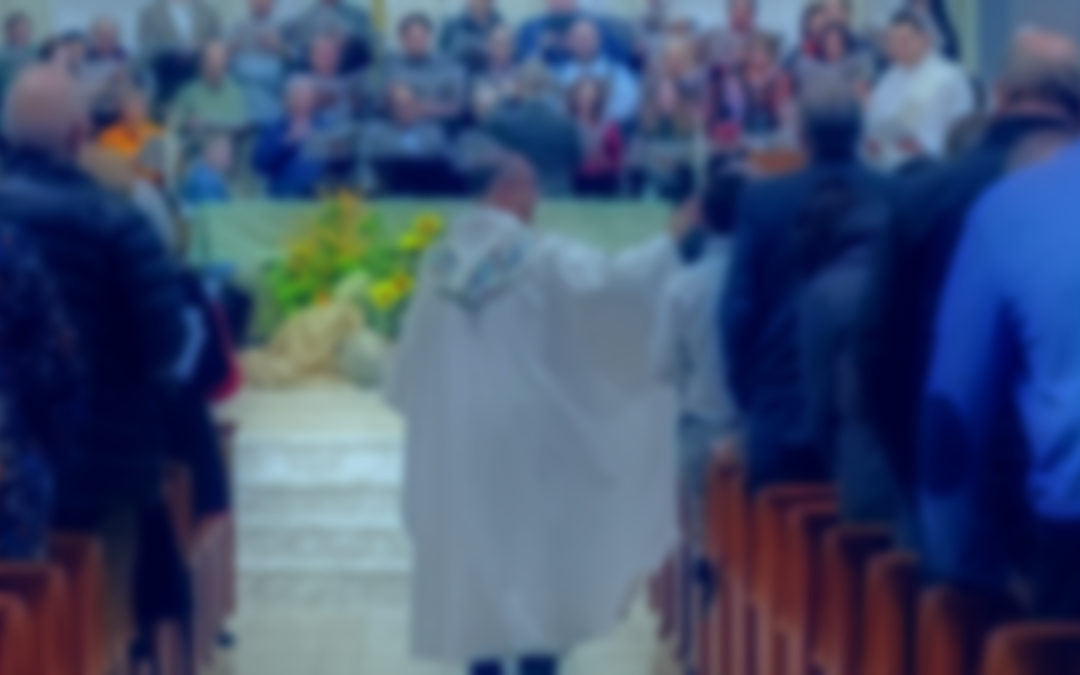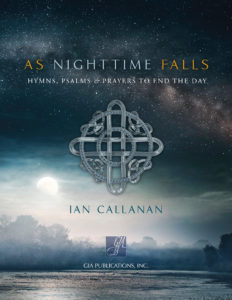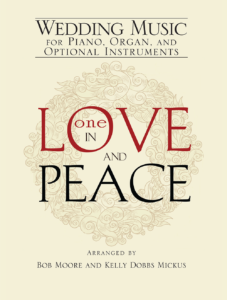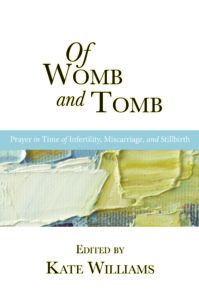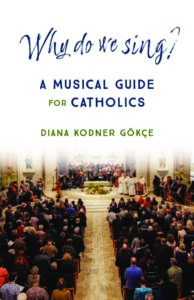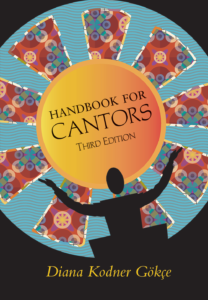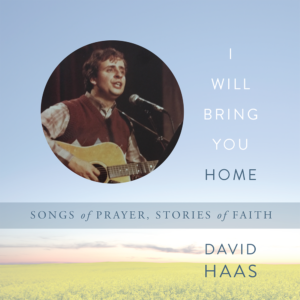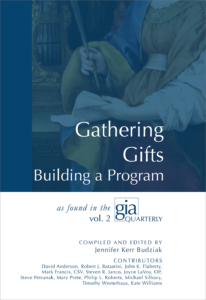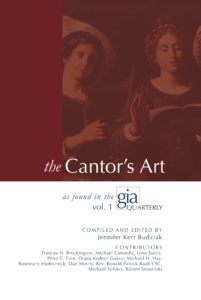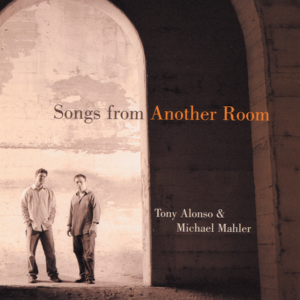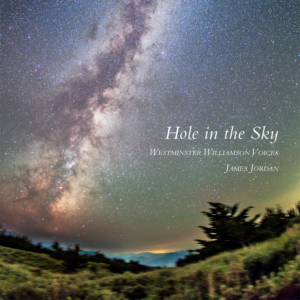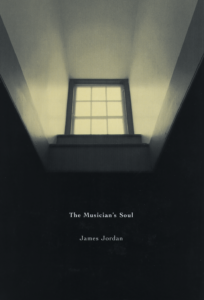An interesting question came up last week on the Facebook “NPM Family” group (a lot of interesting questions come up on there—it’s a good place to be!). There was a lot of really thoughtful discussion on the topic, and it’s clear that it’s a topic many of us have grappled with.
The topic: So what’s with the recessional hymn?
Okay, the real original topic was “how do we get people to join in singing the recessional hymn and not leave before it’s over?” but it got far more complicated as we went. Questions like, why try to get people to join in singing it, what is it really, should we even be having one, what is it doing or trying to accomplish when we do, and so forth all broadened the conversation and made things really interesting.
So…what’s with the recessional hymn?
My general M.O. with questions like these is to go first to the documents. I don’t necessarily stay there, and there is a lot of nuance between most lines of most of the wisdom we find in them, but it’s always a really good place to start.
So: the General Instruction on the Roman Missal is very explicit about the role of the entrance song in the Introductory Rites: “When the people are gathered, and as the Priest enters with the Deacon and ministers, the Entrance Chant begins. Its purpose is to open the celebration, foster the unity of those who have been gathered, introduce their thoughts to the mystery of the liturgical time or festivity, and accompany the procession of the Priest and ministers” (GIRM, #47). In the Concluding Rites (#90), however, there is no mention of a song; these rites comprise only the announcements (if necessary) (and may I point out that announcements are intended to go after the Prayer After Communion, not before; I have no idea why so many churches I visit feel the need to put the announcements before the prayer, and then combine the Prayer After Communion with the final blessing…what is that about?), greeting, blessing, dismissal, and the kissing of the altar. No mention of singing or music at all.
However, two articles earlier in #80, we read “When the distribution of Communion is over, if appropriate, the Priest and faithful pray quietly for some time. If desired, a Psalm or other canticle of praise or a hymn may also be sung by the whole congregation.” First, note that there is no provision here for a “meditation” or a choir-only musical selection in this moment. Next, notice that if music is chosen, it is intended to be sung by the “whole congregation,” a song of thanksgiving or praise sung by all. It is clearly optional, but if chosen, it does seem to suggest that the overall function of what we have by tradition over many years adopted as a “recessional hymn” or “closing song” (whatever we call it) is more or less found here—a song of affirmation and praise in response to the celebration we are about to complete. So the concept is there—but the “recessional song,” per se, is not.
Sing to the Lord, the US Bishops’ 2007 document on music in the liturgy, does give acknowledgment to the practice of a song sung by the community at the close of the liturgy. (An earlier document, 1972’s Music in Catholic Worship, alluded to the possibility but was fairly vague about its execution: “A recessional song is optional. The greeting…blessing, dismissal and recessional song or instrumental music ideally form one continuous action which may culminate in the priest’s personal greetings and conversations at the church door,” #49.) This newer document says, “Although it is not necessary to sing a recessional hymn, when it is a custom, all may join in a hymn or song after the dismissal. When a closing song is used, the procession of ministers should be arranged in such a way that it finishes during the final stanza. At times, e.g., if there has been a song after Communion, it may be appropriate to choose an option other than congregational song for the recessional. Other options include a choral or instrumental piece or, particularly during Lent, silence” (#199).
So that’s what the Church and the bishops say. And it’s not a whole lot.
However, in addition to acknowledging the practice of a recessional song, Sing to the Lord offers insight into the question that prompted the Facebook discussion: how to maintain the integrity of a closing hymn as a closing hymn, a communally sung piece of music that completes and ends the liturgical gathering, preferably with the bulk of those liturgically gathered still in the room and taking part: essentially, it says, if you choose this option, it is not intended to be “music for people to leave church by”—it should ideally be structured to end at about the same time the procession of liturgical ministers reaches the back of church. Which is to say, if you have liturgical ministers who bow, turn, and hoof it up the aisle before you’ve completed the introduction of the hymn, it’s probably not going to work so well. (Again, also note that while STTL addresses the possibility of having a choral piece sung at this moment, it also is clear on the distinction between a choral piece and a congregational one.)
Several people on the Facebook post suggested that the musicians speak with the presider, and see if he is willing to stay and sing for a verse or two or at least process really slowly with the ministers, so that the hymn has time to happen, and then finish it fairly expeditiously once he has left. (This is pretty much what I have tried to do, and it is more difficult than it sounds, especially when you have a priest who is not comfortable singing, or standing, any longer than necessary. They don’t always like to do this. Or they think they are standing there much longer than they actually do.) The effect here is twofold: first, getting to sing a couple of verses means the song gets to be experienced as a congregational hymn much the way any other hymn in the liturgy is heard; second, ending it before or just as people are accustomed to being finished and leaving the church avoids letting this congregational piece of music be experienced as “music the choir sings while we do something else,” which is a death knell for the building of an engaged and fully participative assembly. As I said in my own comment on the post, liturgical understanding usually has a lot more to do with nonverbal communication and body language than with anything said in words. So if we say “please join in this recessional hymn” and every week those words serve as a signal for the choir to sing and the people to put down their hymnals and pick up their coats and leave, it not only weakens the singing of this hymn but also the expectation for every time we say “please join in singing” throughout the liturgy– because in this moment at least what we say is not what we all clearly expect to happen. I know many will disagree with me, but in my opinion it’s far preferable to have no “communal” hymn than one that no one but the choir habitually sings, if that makes sense. And it is also important to note that in this model, with the length of the procession dictating the length of the hymn, has direct and often negative impact on the hymn as a complete unit of poetry and art of its own, especially when the poetry progresses through the verses; if we eliminate verses, we risk losing the sense of the hymn and what it is trying to say. So it’s a challenge.
I have also had some success, as a sort of happy (mostly) medium between “just singing enough” of the hymn and singing a complete hymn-poem, with deciding before we begin exactly which verses we will sing and announcing it as such. For example, on the Fourth Sunday in Lent, if we are using the Year A readings as part of our RCIA process with those journeying to the font at Easter, we hear throughout the readings about call, and discipleship, and service, and light, and sight to the blind. For the closing hymn that day, we might say: “As we are sent forth, please join in singing from our blue Gather hymnal, number 764, ‘Lord, whose love in humble service.’ We will sing verses 1 and 3 of #764.” This is a powerful hymn, and the second verse is an important one that I would normally really want to make sure got sung. But if it is for the closing song in liturgy, and if I know that if we tried that, for all practical purposes, most of the congregation would be up and leaving by the time we even started the third verse, which is about light and sight and gaining a vision that stirs us to service for all those we just sang about in the second verse, then I might make the decision to omit verse 2 and be deliberate about the ones I do choose.
This pattern of choosing non-consecutive verses has a happy side effect as well, I notice, especially over time when the verses are well-chosen and relevant to the Sunday. After doing this for a couple of years in a couple of different parishes, I noticed a distinct uptick in people sticking around to the end, even if the procession moved a little more quickly than I hoped–maybe because of relevance, or maybe because when you announce in effect “we are only going to sing 2 verses of this 4 verse hymn, so why not stick around and just finish,” I don’t know. But it seemed to work. And I got good at the happy smile and polite conversation when people would ask questions like, “Wow, that last hymn was right in line with the readings and homily–did you do that on purpose?” I was just happy they noticed!
I was delighted to see a number of people replying to the original Facebook post whose parishes have shifted to the model of a communal song of thanksgiving after Communion, with an instrumental or silent recessional. In this model, the song is itself the expression of praise, a moment for everyone to join in, and the question of whether to remain and be part of it is harder to ignore; the song and the praise become the liturgical moment themselves—a rare thing in a liturgical structure where much of the music is intended to accompany ritual action. Here, the song is the ritual action. I love that parishes are finding success with this, and wish I could transfer it to the churches where I’ve worked. (I’m afraid in most places, whenever I have brought up this possibility at staff or liturgy meetings, I have been met with an aghast, “But…then people wouldn’t be able to leave! They’d have to stay! For the whole song! They would be furious!” And I could never manage to be taken seriously.)
Perhaps my favorite piece of wisdom in the entire thread comes from the ever-wise Diana Macalintal, who I think sums it up beautifully. She asks, “Are people going out to be a sign of Christ to those outside? Are they preaching Christ to all the nations? Are they simply not trying to run each other over as they head for the parking lot exits? Are they seeing the beggar at the church door or street corner as the presence of Christ they are called to adore and serve? If singing a song will help them do that, then sing it. If having the entire assembly sing a hymn of thanksgiving and praise after Communion will make it clear to them the mission they have just said “Amen” to in sharing the Body and Blood of Christ, then do that. If getting them out of there faster communicates the urgency for each of us to go and announce the Gospel of the Lord, then do it! The number of verses sung of the concluding song, even whether or not the people sing it, is less important than whether or not the entire liturgy itself compels them to live the meaning of the liturgy in their daily lives.”
And let the people sing Amen!
So…any thoughts from readers? What happens at your parish?

